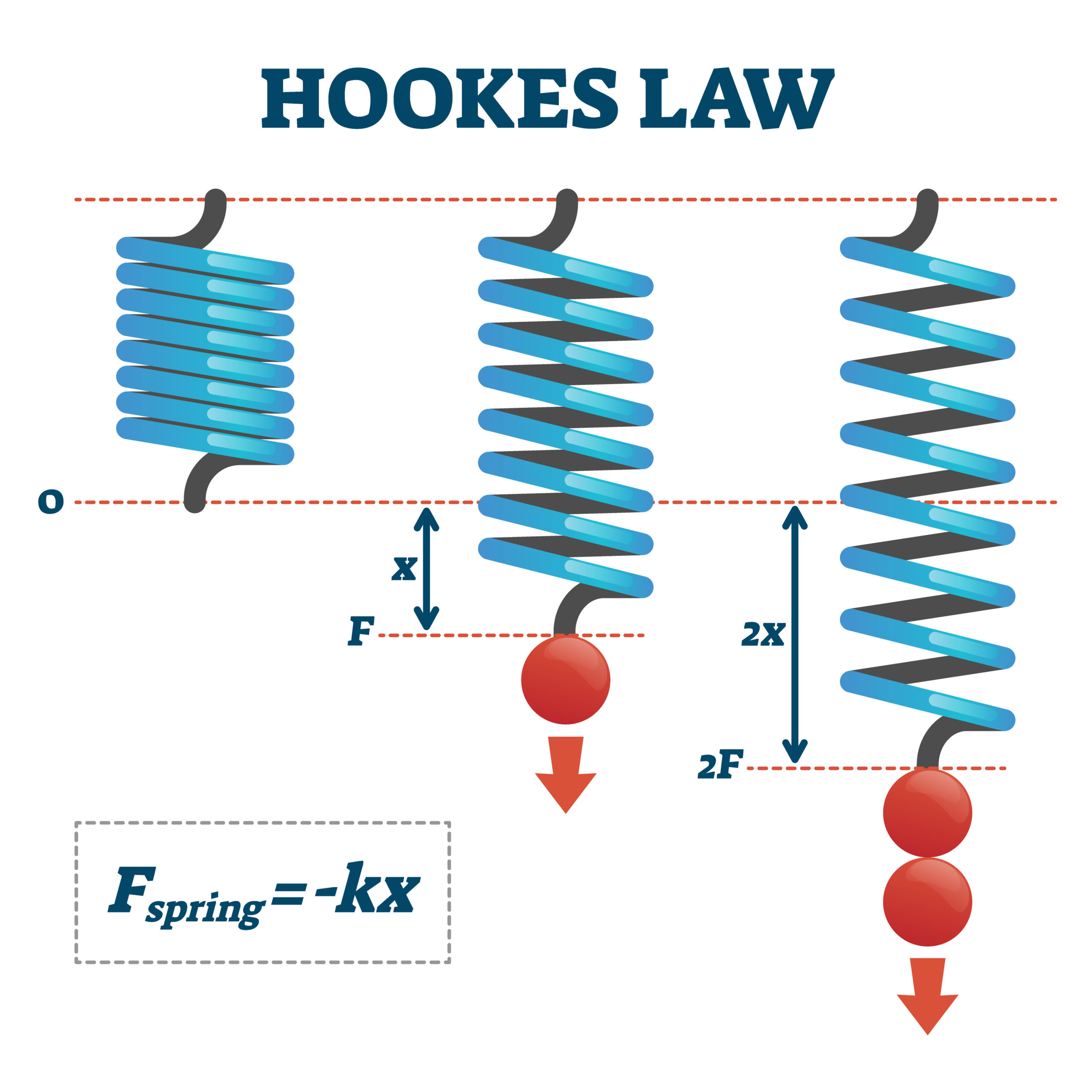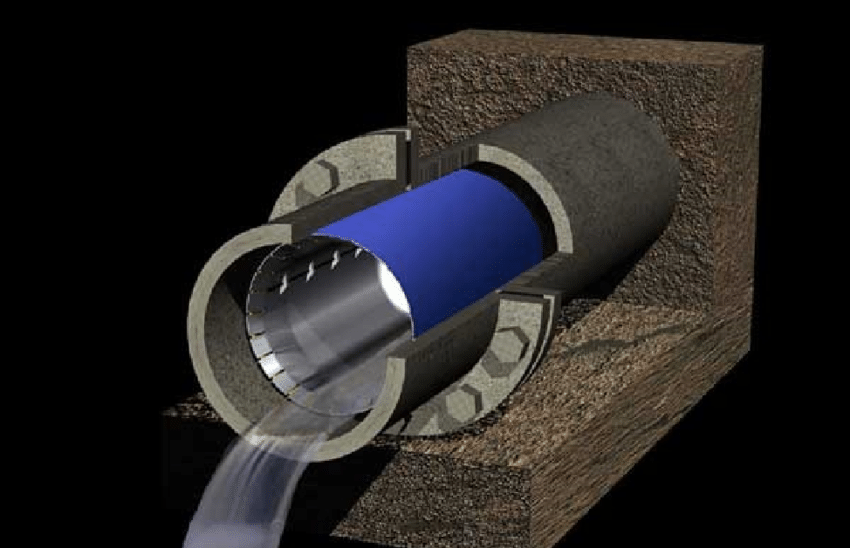Hooke’s Law: Statement, Equation, Graph, Applications, Limitations.
Hooke’s Law states that the force (F) required to extend or compress a spring by some distance (x) is directly proportional to that distance. The constant of proportionality is known as the spring constant (k). The mathematical equation for Hooke’s…
Flange Bolt Torque Calculation and Pipe Flange Bolt Torque Chart
Flange bolt torque calculation is the process of determining the amount of torque that should be applied to the bolts of a flange connection in order to properly seal the joint and prevent leaks. This calculation takes into account several…
What is DN and PN Number for Pipes? Pipe Class Rating vs PN Numbers
DN (diameter nominal) and PN (pressure nominal) are two common terms used to describe pipes in the European and international piping industry. DN is a dimensionless term used to indicate the size of a pipe. It is based on the…
What is a Pipe Sleeve? Its Functions and Uses
A pipe sleeve is a cylindrical piece of material that is inserted into an existing pipe to reinforce or repair the pipe. It can be made of various materials such as metal, plastic or composite and can be used to…
Piping Support: Types, Purpose, Design, Codes, Optimization Rules
Piping support refers to the structural and mechanical components that are used to secure and stabilize piping systems in industrial and commercial facilities. These supports are designed to keep the pipes in proper alignment, absorb vibration and thermal expansion, and…
Types of Flow Meters and Their Applications, Types, Features, Working
A flow meter is a device used to measure the flow rate, or velocity, of a fluid or gas as it moves through a pipe or other conduit. There are several types of flow meters, each designed to work with…
Major Differences between ASME B31.3 and B31.1 (B31.3 vs B31.1)
What is ASME B31.3 ASME B31.3, also known as the Process Piping Code, is a set of guidelines and requirements for the design, fabrication, installation, inspection, and testing of process piping systems. It applies to piping systems used in the…
What is ASTM? What are ASTM Standards? ASTM vs ASME
ASTM stands for the American Society for Testing and Materials. It is an organization that develops and publishes technical standards for a wide range of materials, products, systems, and services. These standards are used in various industries, including construction, manufacturing,…
Bolts vs Screws: Difference, Types, Application, Force, Capability
Bolts and screws are both types of fasteners used to hold objects together. The main difference between the two is that a bolt needs a nut to secure the objects together, while a screw can be used to fasten one…
What is a Plot Plan? Types, Input Required, Application
A plot plan, also known as a site plan, is a detailed drawing that shows the layout of a piece of property. It includes information such as the location of buildings, driveways, sidewalks, landscaping, and property lines. It is typically…










